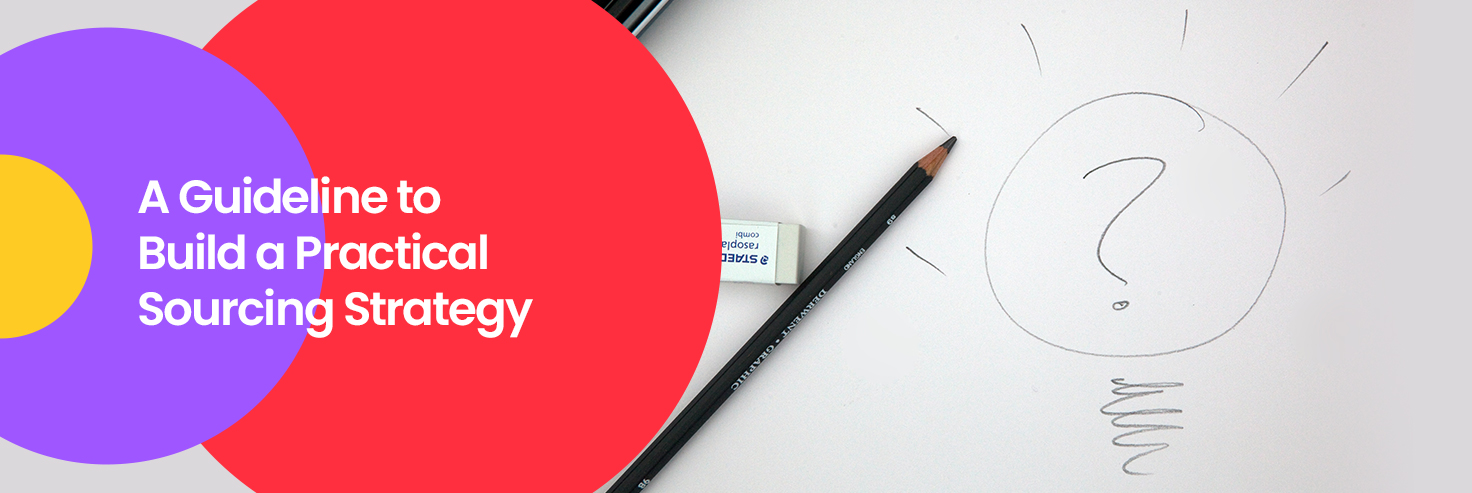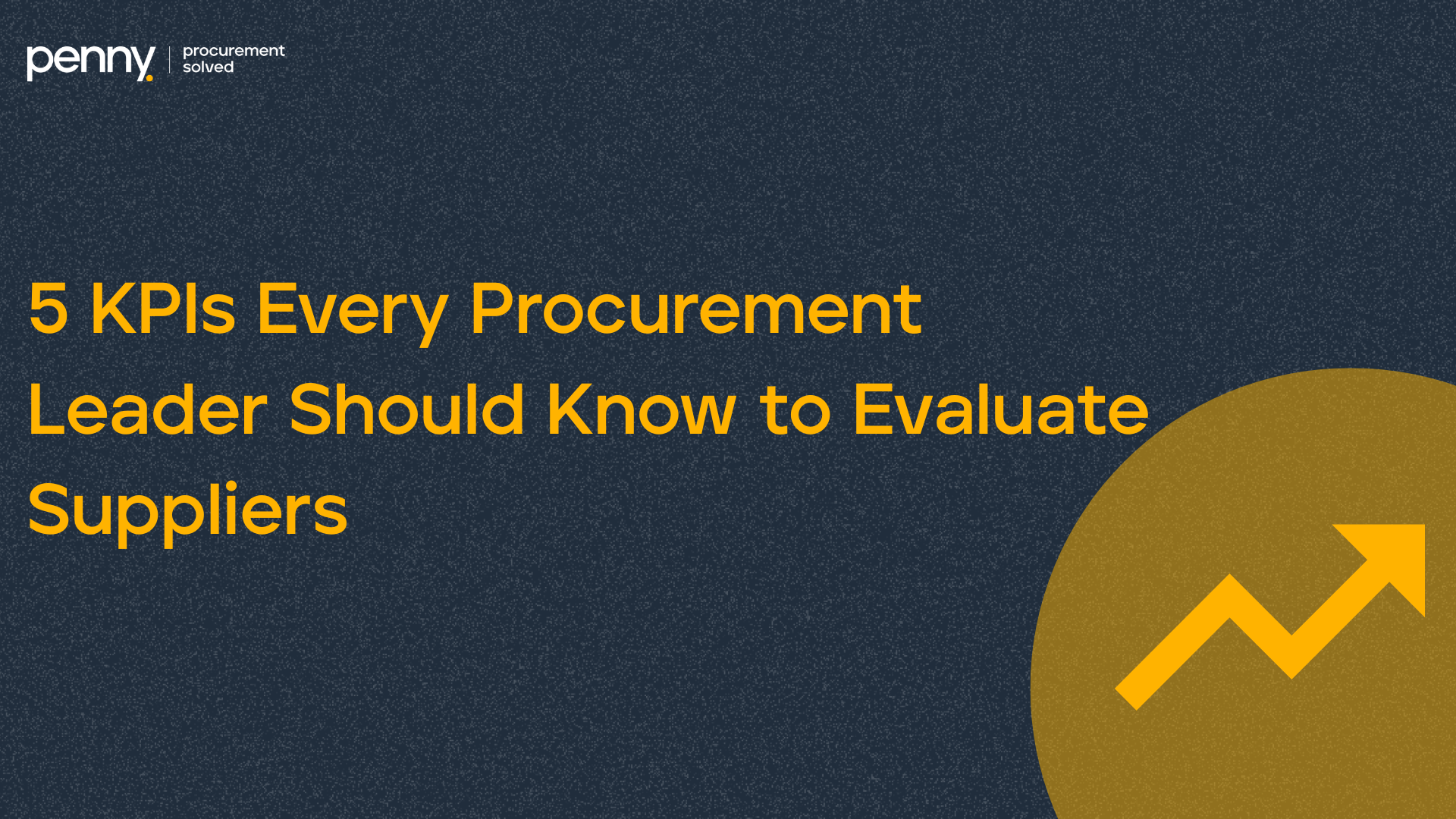As organizations continue to harness the power of globalization to improve their performance, the importance of sourcing goods from vendors has become undeniable.
Meanwhile, challenges such as economic and political instability, technological disruption, and other factors have made the market a fiercely competitive environment.
As a result, it is critical for businesses to develop a practical sourcing strategy to improve their business productivity and effectiveness and gain an edge over competitors. If you’re in the same situation, you need to follow several steps:
Photo by Mark Fletcher-Brown on Unsplash
1. Define Your Needs
Define the sourcing area or item in detail. What are the current volumes, categories, and sizes of the sourced goods? Who’s the end-user, where do they live, and who else plays a role in the supply chain? Sorting, cleaning, analyzing, and validating data are all necessary to help you define what you need.
2. Identify Suppliers
Examine the cost factors/drivers of every good or service. Identify essential raw material costs as well as other aspects like labor and transportation, and use this information to evaluate offers later. Examine the external market for prospective domestic and global suppliers and identify risks and possibilities. Find out what options current suppliers have.
3. Build Your Sourcing Strategy
One of the essential parts of designing a sourcing strategy is identifying how and where to buy while managing risks. It’s also possible to renegotiate with your current supplier. Your strategy must be the best fit for your company’s needs and your strengths and assets. It’s better to involve all stakeholders in this process, not just experts and end-users.
Also, when developing a Request for Proposal (RFP), you need to clearly define the project requirements, determine the acceptance criteria, stipulate the terms and conditions, and any other thing you have in mind.
4. Involve & Implement
Make sure the supplier, end-users, and all stakeholders are involved in the strategy’s formulation and implementation. Clear, thorough communication with an emphasis on change management can help you avoid implementation issues as much as possible.
5. Report & Follow Up
This is a crucial phase in determining whether or not a sourcing strategy will be successful. You can see where the supplier adds value to your operation by using cloud-based solutions. Automated reporting solutions provide the quick, precise feedback you need to improve supplier relationships.
Bottom Line
It’s impossible to get the best value for your money without a reliable sourcing strategy. To do that, you need to understand what you need, find proper suppliers, involve the right people, and keep track of your progress with automated solutions. We at Penny provide a wide range of solutions that can be tailored to your operational needs and budget. All you need to do is contact us right now!


